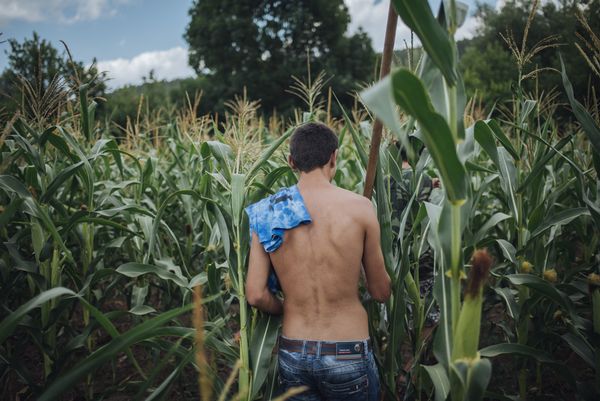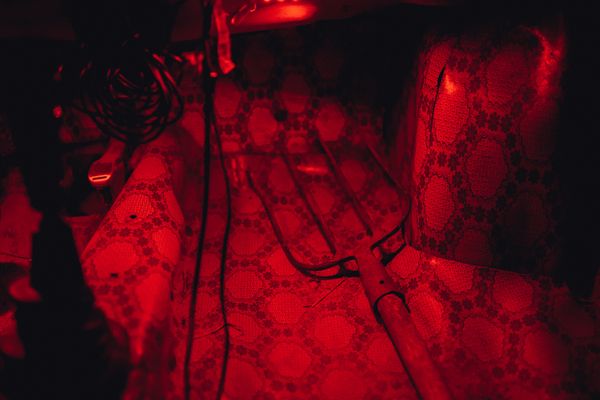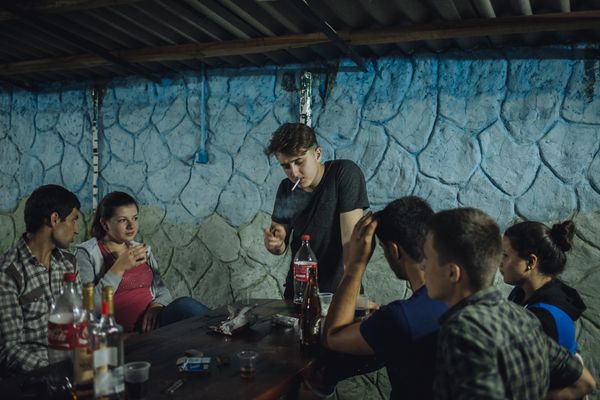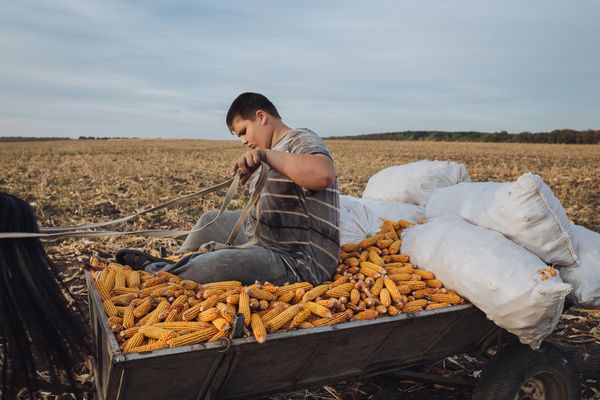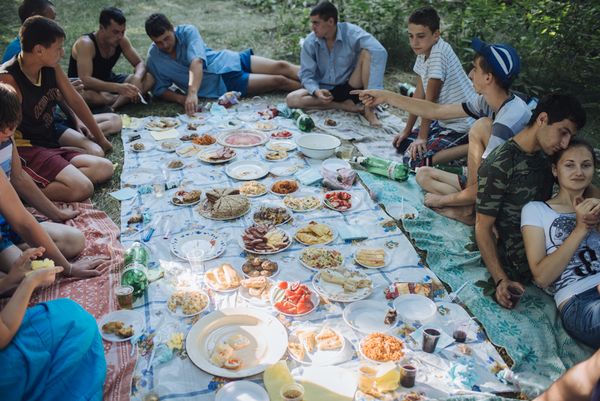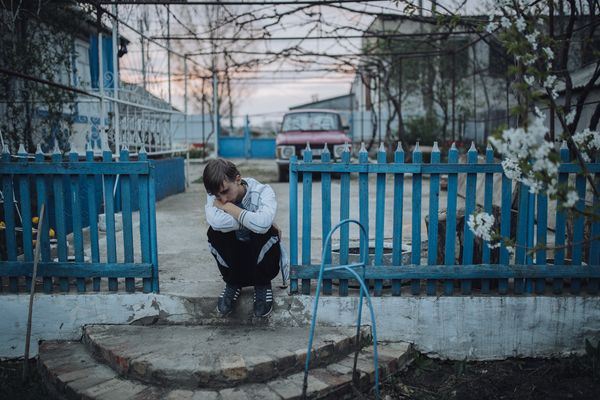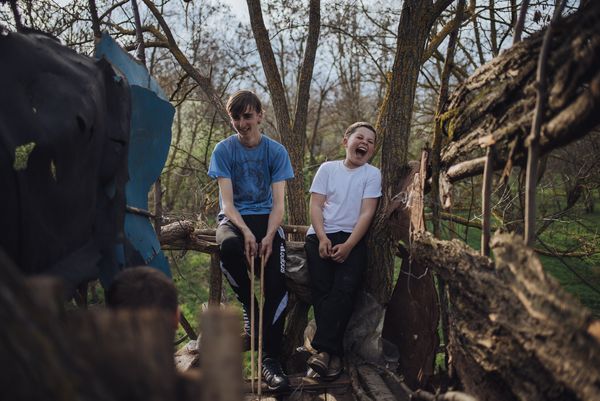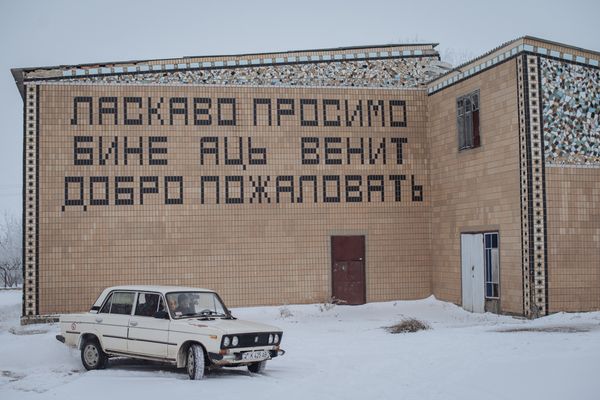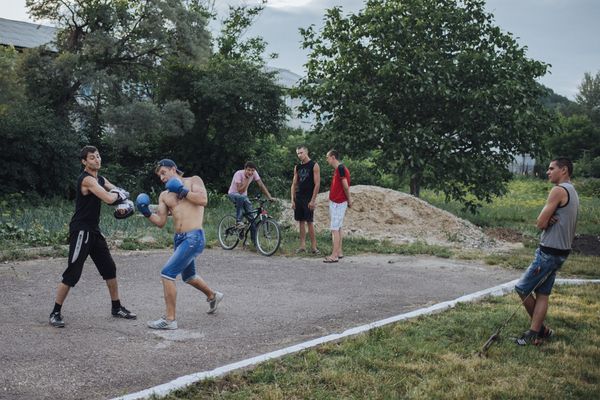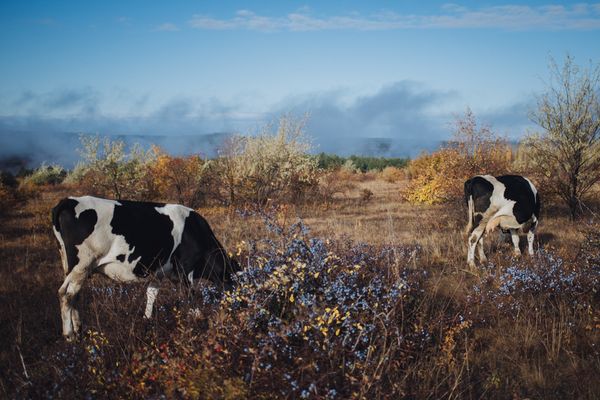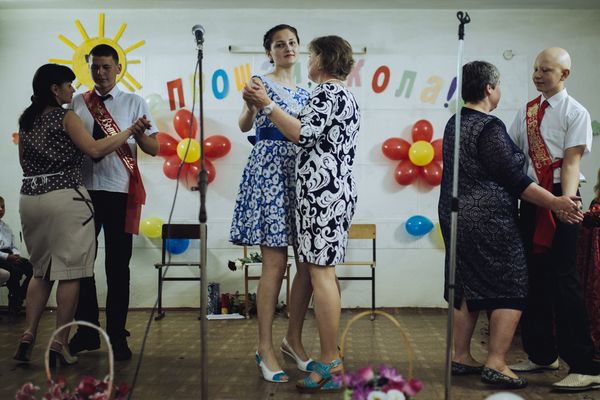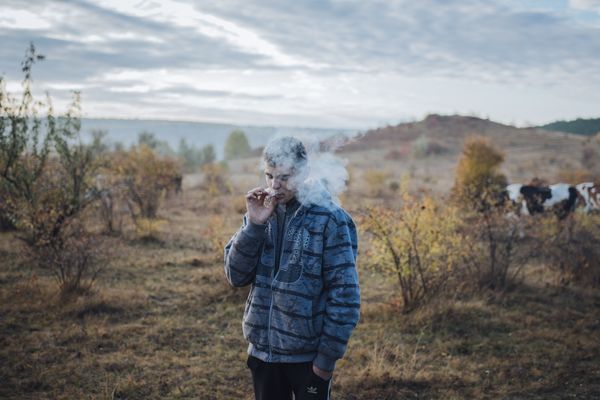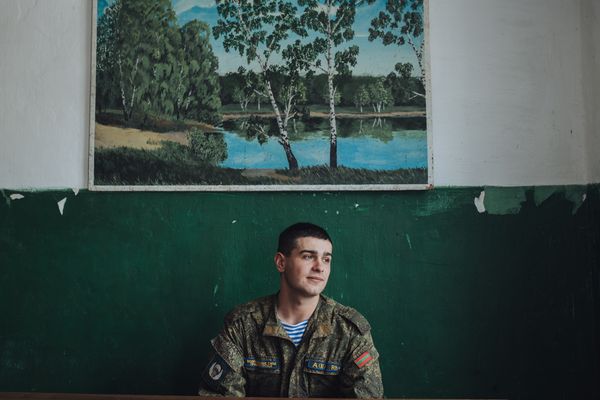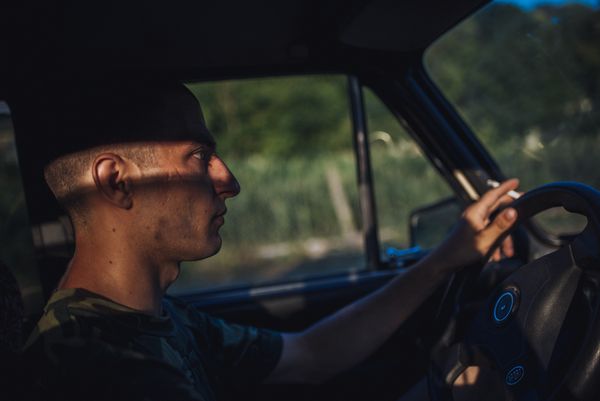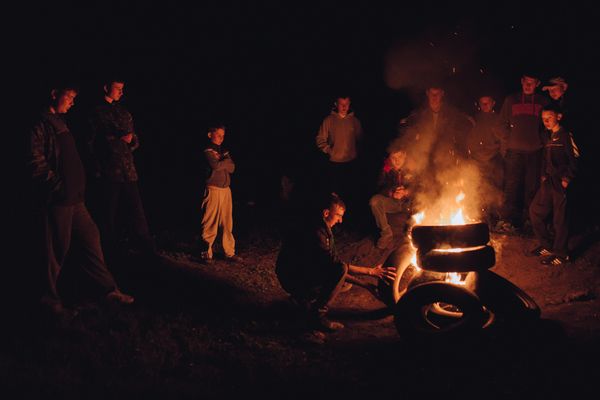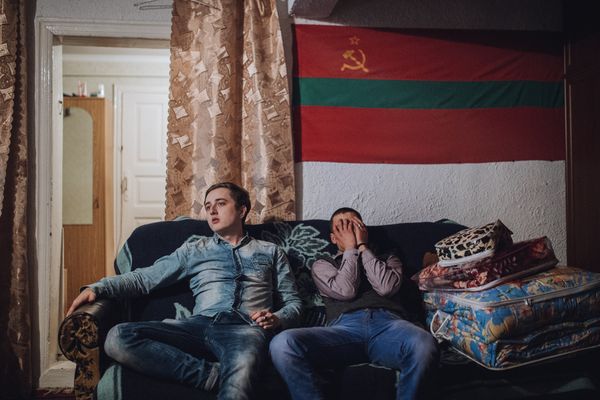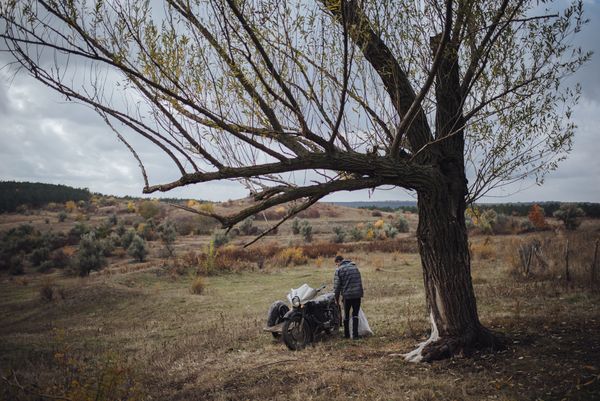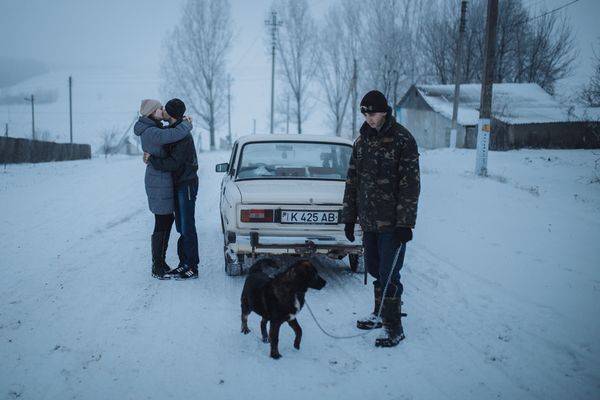Mahala
-
Dates2015 - Ongoing
-
Author
- Topics Daily Life, Social Issues, Documentary
- Location Moldova, Moldova
This is a story about the everyday life of young people in rural areas in the north of Transnistria.
Ongoing joint project by Anton Polyakov and Anna Galatonova
In the early 1990s, when the Soviet Union was about to collapse and Moldova proclaimed its independence, one of the regions of the Moldavian Soviet Socialist Republic decided to go another way. Self-proclaimed republic of Transnistria is an approximately 200-km-long sliver of territory along the left bank of the Dniester river running between Moldova and Ukraine. For over 25 years the republic has an indefinite status, none of the countries recognizes the transnistrian independence except Abkhazia, South Ossetia and Nagorno-Karabakh which also are unrecognized republics. During this time, was raised the whole new generation which identifies itself as “Transnistrians”.
The subjects of our story are young people who live in the rural north of Transnistria. It seems at first that they have an idyllic life in the midst of rocks and hills covered in thick woods. They have a close relation to earth, nature, and farm animals, they are used to hard labor and love their native land. However, except the fact that their state is unrecognized, there is one more problem — the village is dying out. There are very few paid jobs, entertainment, or growth opportunities in their villages. That’s why at some point young people have to choose: stay in the village or leave their home to look for a better life. Having grown up in the near-border territory, where the cultures and histories of different countries and nationalities have mixed up, they feel certain uncertainty in front of the undefined future.
The title for our story — Mahala — was borrowed from the local dialect of Moldavian. This word names an isolated part of the settlement populated by people who are generally friendly towards each other and feel that together they form a kind of a community. Our protagonists are also living their own secluded lives, are separated from the rest of the world and form a community that in the general sense is “mahala”: they have known each other their whole life, help each other with farming, celebrate holidays and grow up together.
The depopulation of rural areas is a general tendency for the entire post-Soviet space. Additionally, this process is stimulated by economic and political crises which are associated with the state status of republic. Many people are forced to abandon their traditional way of life and break the link with the place in which they were born. They move to the cities or abroad. Is there a future for the village without these young people and how long they will hold on in their villages?
